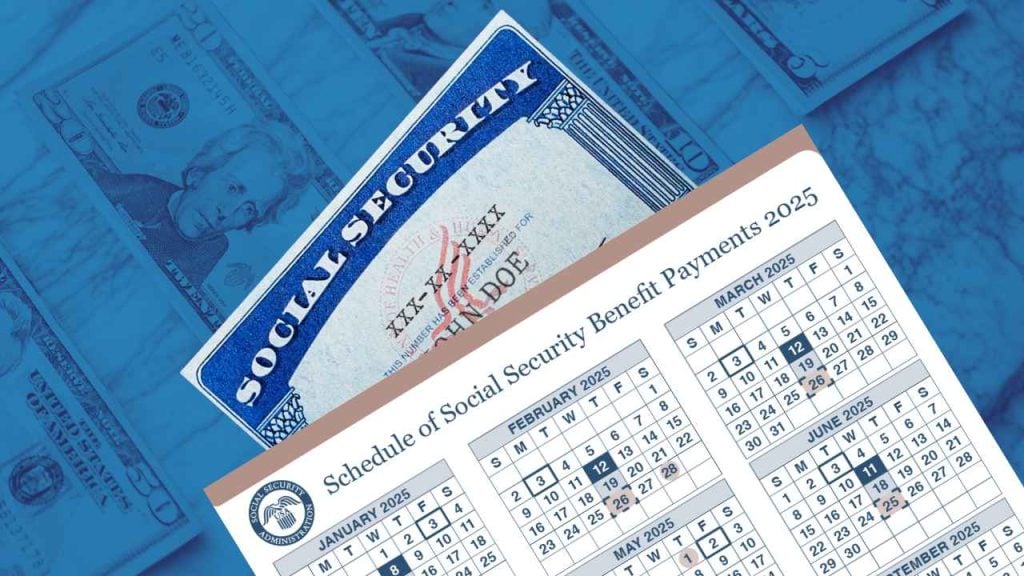At the beginning and end of May, just over 7.4 million people in the United States received double Supplemental Security Income (SSI) payments, which is a rarity, so to speak, since these payments are sent only once a month.
Typically, SSI benefit payments are transferred to recipients’ bank accounts on the first day of the month every month, except when a coincidence occurs: if that day falls on a weekend or holiday. In such cases, payments are advanced to the nearest business day of the previous month. Therefore, SSI recipients found money in their accounts on May 1 and 30.
As a result, no money was sent to any beneficiaries of this program in June, and all of them must now wait until July 1 to receive their next payment.
SSI Recipients: Who Qualifies and What Is the Maximum Payable by the SSA?
As of today, there are approximately 1,008,000 children under the age of 18 receiving SSI, as well as 3,919,000 adults between the ages of 18 and 64, and 2,483,000 people age 65 and older, totaling 7,409,000 individuals, according to data from the Social Security Administration (SSA). They make up approximately 10% of the total beneficiaries covered by the various SSA programs.
The SSI program is for U.S. citizens or national residents who are age 65 or older, blind or disabled, and whose income and resources are limited.
By 2025, individuals must have assets valued at less than $2,000, and couples must have assets valued at less than $3,000, and must have supporting documentation that certifies that the person is unable to work (if they are under 65 years old), or prove with valid identification that they are 65 years old or older.
Income from work or any other source (pension, SSDI, unemployment, etc.) is subtracted from the payment, usually in a ratio of 1:1 or 2:1, as appropriate. In addition, adjustments for housing type (whether the beneficiary lives in their own or another’s home, receives free food or shelter) also influence the final amount.
However, the maximum amounts are federally set at $967 for an individual and $1,450 for a couple filing jointly. All amounts paid by the SSA increased thanks to the cost of living adjustment (COLA), an indicator that closely monitors inflation to increase benefits so they don’t lose purchasing power.
In some states, this amount may increase due to state supplements. For example, in California, the combined total reaches $1,206.94 (individual) or $2,057.83 (couple).
Remember, the next monthly payment is scheduled for Tuesday, July 1, 2025, as it falls on a business day. SSI beneficiaries should expect to receive their deposit that same day, according to the official SSA schedule.
